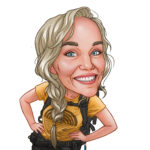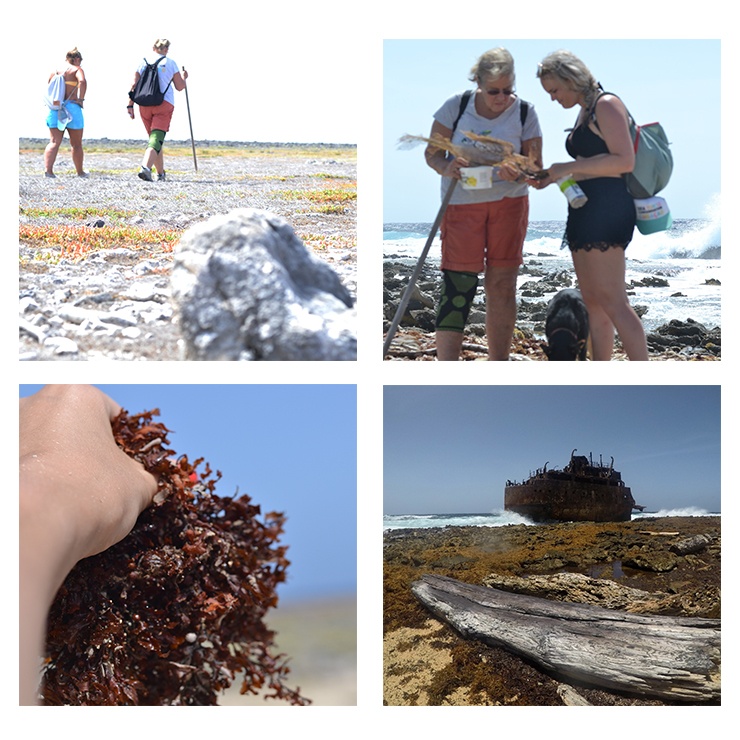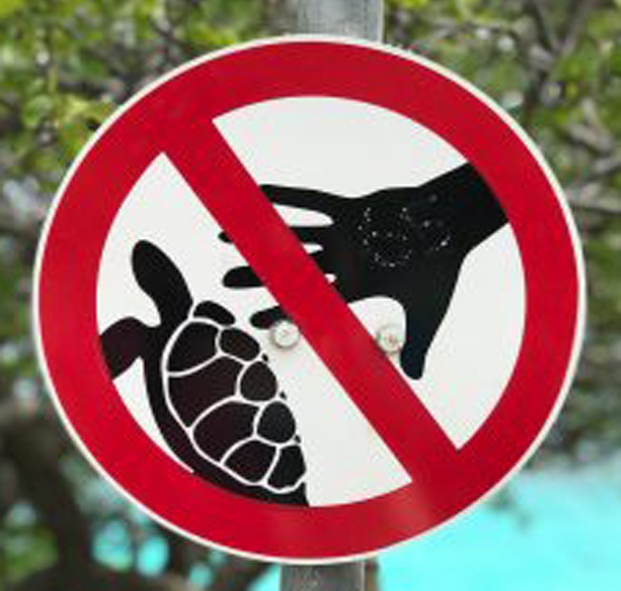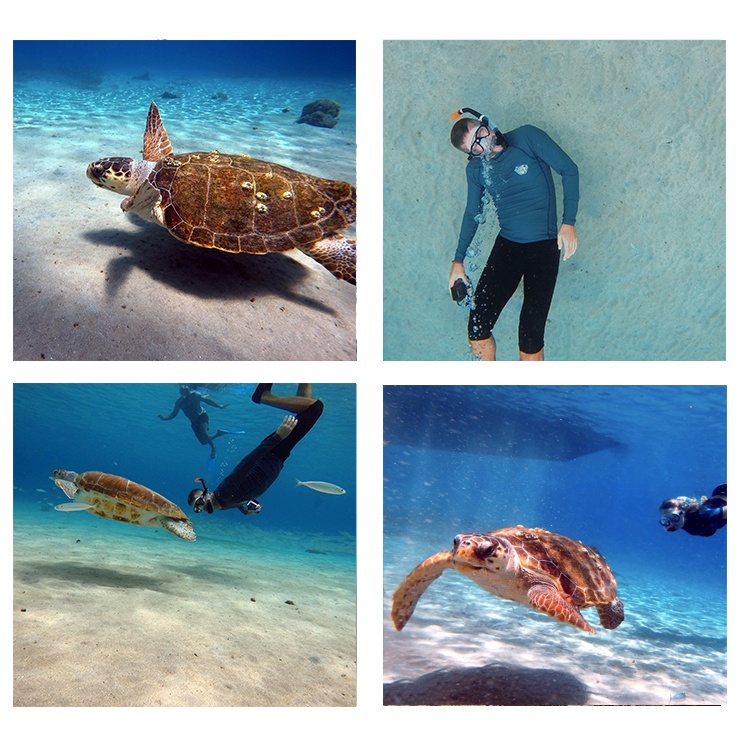Volunteer work STCC

By Jaimy de Vries
Turtles are fascinating creatures. They’re so strong and one of the oldest creatures on earth. Turtles exist more than 200 million years ago. They survived all kind of natural changes; they survived the Mesozoic era (time dinosaurs lived), the prehistoric era…. but they were not prepared for us; humans. We destroyed habitats, we polluted our oceans and the air we breathe with all the cars, industrial companies, plastic consumption etc. Because of the pollution and global warming turtles are now endangered animals.
STCC
In July 2019 I went to curacao with a friend to do volunteer work for STCC, an organization that helps turtles and clean the plastic from nature. We began with our volunteer work at a small island named ‘Klein Curacao’. First, we took a long walk and explore the island, clean up waste and find traces of turtles. We found a lot of waste that was washed out of the sea. From slippers till medical waste. But worse…there was a lot of sargassum on the beaches. Sargassum is a brown algae. Due to global warming this algae grows very fast …. too fast. When the algea is in open water it’s not dangerous. It is a place where many animals find their home. But for turtles it can be a big problem when it enters and flushes in the bays. Everything that

lives suffocates beneath it, including the turtle’s food, seagrass. Turtles can get stuck in sargassum and they will suffocate because they can’t put their head through the thick layer of weeds. For the volunteers it’s not possible any more to spread the weeds over the island to prevent there is a thick layer. But there is too much now! STCC needs help from the government.

At klein curacao and turtle bay (Piskado beach) we also helped STCC with spreading awareness. We gave education about how endangered turtles are and about bad human behaviour. To give an example about bad human behaviour; is touching turtles with your hand. First of all, they can bite. Their bites can be very dangerous. Second, any sunscreen on your skin can damage their micro-fauna on their carapace. In addition, sea turtles are wild animals, who are not accustomed to being touched. This can stress and frighten them. At Pikado beach we were researching the turtles. During our research we saw that a lot of people didn’t read or ignored the signs that you are not allowed to touch the turtles. That was very frustrating. Even an experienced dive master touched a turtle and gave a bad example to his students.
At several beaches at klein curacao and Piskado beach we researched the turtles under water if they are hurt or sick. Villagers can call STCC when they see sick or injured turtles. Then Ard, a specialist in turtles and the co-founder of STCC, and his team will come to the location and do a “health “check. If needed he will bring the turtle to the vet. Turtles can have all kind of injuries, like a fishing hook stuck in their mouth or they get entanglement. It is such a beautiful experience to swim so close next to the them. That is necessary to do a good health check. Besides the clean-ups and the health checks, the volunteer workers also monitor nests and nesting activities. They record data about the resident turtles as well as observe any changes in their locations. The volunteer workers drive every morning around 5 or 6 o clock to check the beaches if

there’s any nestling activity. We learned to trace this kind of activity. For example, you can see traces of turtles reaching the beach and digging a hole. At the beach in Port Marie we saw a nestling activity. To prevent the nest will be destroyed and the baby turtles have a free path to move to the sea, we marked and contained the perimeter.
Can you see?
“Can you see” is intended to raise awareness about sea turtles and the threats they face as a result of human behavior. One of the goals that Sea Turtle Conservation Curacao has set itself is to reach and make aware the largest possible group of people, because only when everybody comes together we can change the current worrying situation in the ocean. We need to change our behavior to prevent that in 2050 there will be more plastic in the ocean than fish.
For more information about STCC, click on the link below